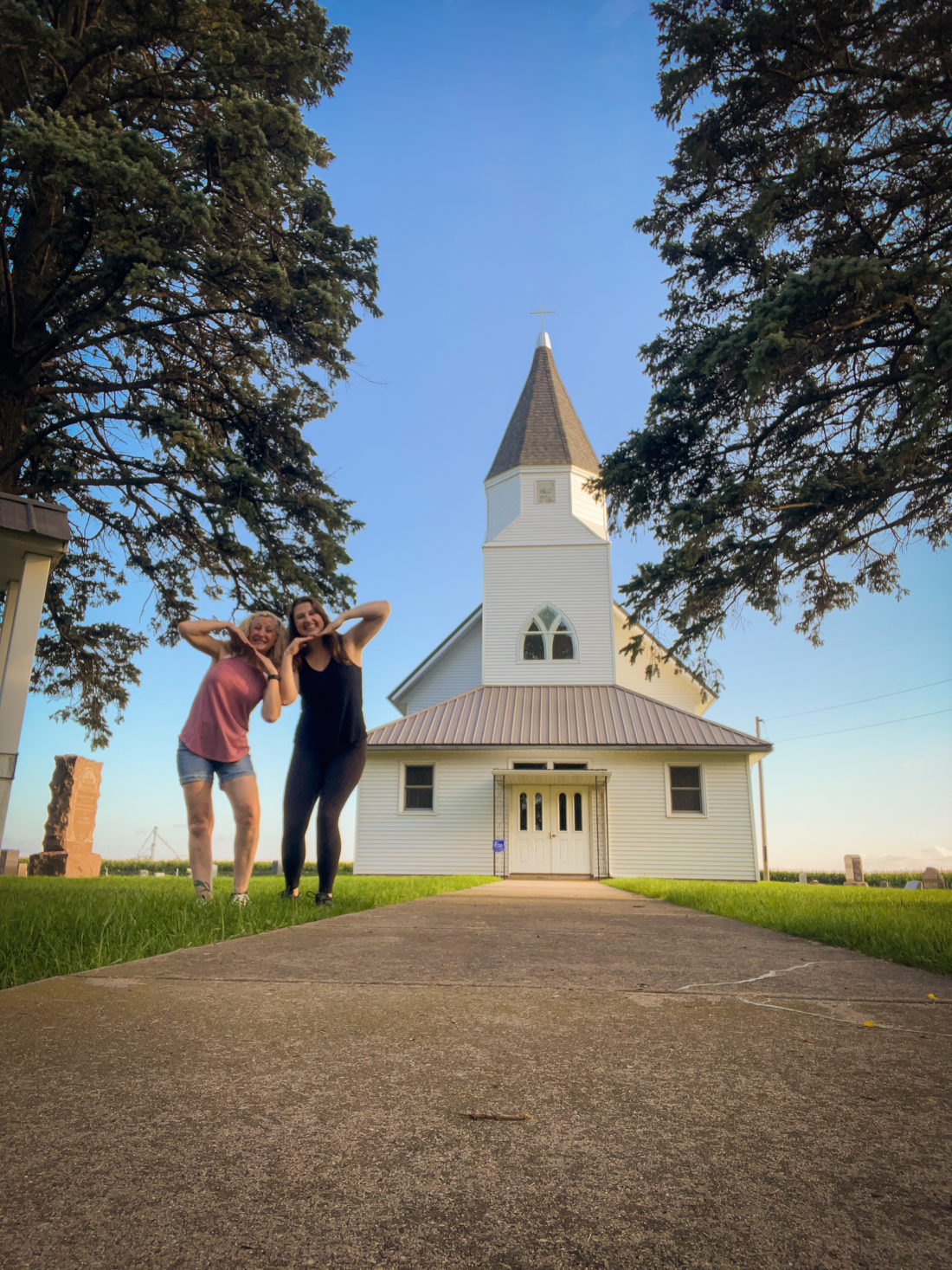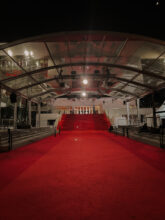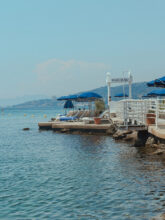Just for the “Helling” of it.
Yes, I have been holding on to that pun just for this.
Our story starts a few hundred years ago, as do most good stories. Let’s flip the pages back to 1833 in Gole, Hallingdal, where Knudt Helling was born in the beautiful Norwegian valley, just five years and a few miles away from when his future wife, Mary, would be born in the same valley. In 1844, when Knudt was 11 and Mary was 6, both families would immigrate to America, and 168 years later, my aunt would begin retracing their footsteps.
When I was in high school, my aunt began digging into the history of the various branches of our family, including the Hellings. She combed through historical archives, tracked relatives down, and even went on a few road trips across the State of Minnesota to find sites, cemeteries, and any information she could on our family. On many of those trips, I was her adventure buddy, seeing rural patches of our State I would have never known existed without our travels.
All of this became extremely helpful to me during my freshman year of college, when I took a class on Pioneer Literature. There were a few different options for our final project, including the option to write a historical fiction piece that took place in a pioneer setting. I’d remembered back to the packets of information and photos that my aunt had gathered, and knew I could write a fictionalized version of a portion of my family’s coming to America and settling in pioneer Minnesota.
During the project, I pulled together all of the research I had and then some, and because of the extensive amount of records my family has kept over the years, I was actually able to trace nearly the exact route that Knudt and Mary took in 1857, the day after they were married at ages 24 and 19, when they decided to move from Wisconsin, where their parents had settled, to Minnesota. This is where my story picked up for my final paper, and this is where we start, today.

A grainy image of Knudt and Mary for your viewing.
Much of the information I was able to glean about these two comes from a set of speeches and fliers used during various Helling family reunions, including comments from Knudt and Mary’s grandson, who retells stories he heard straight from the source.
In 1972, one of my distant relatives pulled together all of the speeches, fliers, and a few other bits of information into a packet, leading the piece with these sentences in all caps:
“OUR LEGACY CANNOT BE MEASURED IN MONETARY TERMS. WE ARE HEIRS TO MANY TREASURED GIFTS BY BIRTHRIGHT. KNUDT AND MARY HELLING WERE INDUSTRIOUS, HONEST, AMBITIOUS, KIND, PROVIDENT, RELIGIOUS, PROUD. ALL OF THESE ARE OUR HELLING HERITAGE.”
Very on brand with the rest of the information included in the packet.
Because Knudt and Mary shared so many details with their grandson and great-grandson, they recorded specific pieces of information about what landmarks Knudt and Mary saw on their journey – going so far as to tell us what stands there now if the landmarks had faded with history. This meant I was able to finely detail out pieces of their trip west from Wisconsin. The entire trip is 143 miles long, so there are several stretches where I had to take an educated guess (making the assumption that they followed the Minnesota river all the way along their journey, as many would have done), but there are several sections where we’ve been given such clear details to even know the current street name of the former trail they would have taken.
It’s fairly unusual to know such specific details about the route your family took after immigrating, and that has buzzed around in the back of my mind for awhile. This year, when I made it my goal to hike 7 new trails I’ve never been on, the thought crossed my mind that I could hike the same route my ancestors would have taken from Wisconsin to Linden Township, which they helped found. I’ve been wanted to do more longer term hiking, after all, and 143 miles would do it.
I knew if I was going to do the hike, I had to connect with my aunt, who’d started this adventure years ago. When I asked her if she wanted to join me, she told me she thought I was crazy, and that we should drive the route first to see what we were dealing with.
That felt like a fair point, so we put a date on the calendar, and one Saturday afternoon, we headed toward Hudson, Wisconsin, the start of ours and our ancestors’ journey.

Here in Hudson, our family took a ferry across the river – we didn’t have a ferry at our disposal, but there now exists a walking bridge across the river, so we settled for a stroll.

It was interesting to think about our ancestors packing their few belongings, climbing aboard a ferry, finding a prairie schooner, and setting out to find a new home 143 miles away.
While we walked, a few eagles soared overhead.

Some interpret an eagle sighting to be a visit from a family member who has passed on, and part of me wondered if this duo was our ancestors, waving hello as we began our journey to retrace their steps.
After crossing the St. Croix river, our family made their way west toward St. Anthony, where they crossed a suspension toll bridge, which was constructed in 1855 – brand spanking new from Knudt and Mary’s perspective.
The suspension toll bridge no longer exists, but in its place stands the Hennepin Avenue Bridge.

Interesting, because this has been one of my favorite bridges for a long time. It has a Jazz Age aesthetic, and the green lights at the top of each pillar never fail to remind me of Gatsby. I go out of my way to cross this bridge in the evenings, as seeing it lit up at night is one of my favorite views in the Twin Cities. And 165 years ago, my ancestors crossed the same banks on their way west.
My family landed for the evening to camp at what is now Gateway Park, across from where the Nicollet Park hotel stood. We drove past this location, but didn’t end up stopping for a photo.
Instead, we continued down Nicollet Avenue, which was once a buffalo trail, and which my family took for a large part of their journey.

We had a bit of trouble with our GPS at this point – we pulled over in Richfield to troubleshoot, and realized that because our route had been mapped out for walking, it was having some issues converting the path to driving, simply because we couldn’t drive down some of the trails that we’d intended to walk. It was disappointing to not have tracked exactly where we’d intended, but it felt good to figure out the issue and get ourselves back as closely as possible to our route.
We continued for a few hours toward Linden Township, driving alongside the Minnesota River. As we drove, I recalled a story in our family’s history packet, in which Mary herself retraced her steps as she headed to Fort Ridgely to find medical care for her son, who’d become ill with polio. Along the way, she stopped to cool him down with water from the Minnesota River.
There were several moments like this, driving through the countryside and imagining our family hustling across the prairie in their schooner.

As we got closer to Hanska, a town adjacent to Linden Township, which our family founded, I caught a glimpse of a memorial in the middle of nowhere, and made Denise stop and turn around, as the name on the plaque rang a bell for me.

In our historical packet, there was a tale about a man named John Armstrong, who was killed along the banks of the Linden Lake. Knudt was in the search party for John, and actually found his body – according to our packet, he even pulled two arrows out of John’s back after discovering the body.

It was odd that we happened to come across this place on our drive.

Standing near the edge of the lake was unreal – thinking about Knudt and his neighbors walking around this space in a search party was trippy to imagine.
After a few moments of reflection, we headed into Hanska!
Right away we were greeted with a nod to Hanska’s Norwegian heritage.

A replica of a stabbur! Which is a storehouse made of logs.
Nearby was a park, where we chatted with a local resident. He told us that the stabbur is actually only opened once a year, which we thought was interesting.
Also at the park was a World War I monument, which included one of our family member’s name on it, Elvin Helling.

We were pretty hungry after nearly six hours of driving, and our park pal advised us to check out the Last Chance Saloon.
“It might be our Last Chance to find dinner,” I joked, and my aunt and the stranger politely laughed at my Dad joke.
At the saloon, we found a few pictures of our family members on the walls!

Here’s John Helling with a sweet car. He has a cooler ride than me. The irony of ironies is that this is the man who included so many details about his grandparents’ journey, which was the foundation for our trip. Thanks, John. His brother, Elvin, was honored in the monument we’d seen at the park.
We had a nice chat with some of the locals, and enjoyed our meal before heading out of Hanska.

We’d told the locals at the bar that we’d wanted to head to Linden Lutheran Church, and they told us it was a great place to see the sunset, which I thought was kind of funny at the time, but they were kind of right.

That’s pretty heavenly.
It was cool to see the church – Denise and I had driven out during our family research several years ago, but it had been just about ten years since either of us had seen this church.
Knudt and Mary were actually two of the founders of this church, which is pretty awesome. Knudt sold part of his land for a whopping $11 so they could build the church.

It took us just over 6 hours to drive the 143 miles that it took our ancestors many days to travel. From Hudson to the Linden Township they helped found, we ended our journey in the same place they ended theirs.
And that was a wrap on our ancestor drive! It was illuminating to see some of the challenges we’d be facing if we decide to walk the route someday. I joked with some of the locals at the Last Chance Saloon that we may see them two years from now, when we decide to do our walk, and they promised us that if we did, they’d buy us a drink.
Maybe someday we’ll take them up on that offer. But for now, it was fun to retrace the path and look for ghosts of our ancestors on the landscape.

Let’s Connect:



